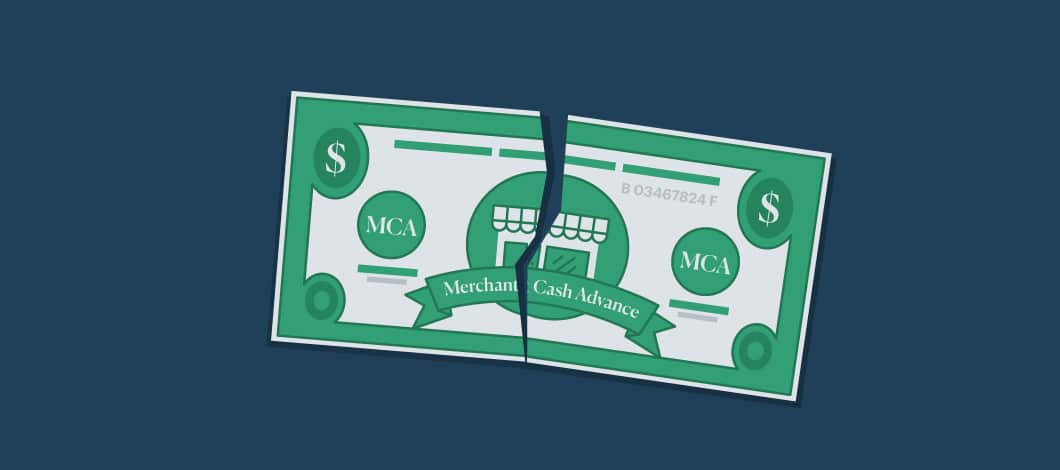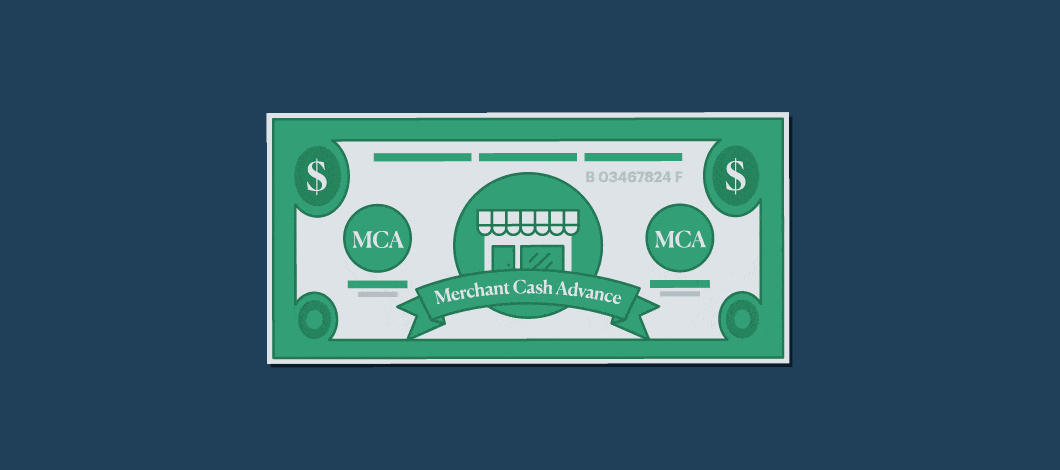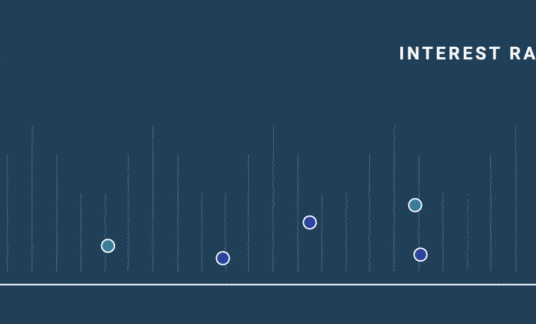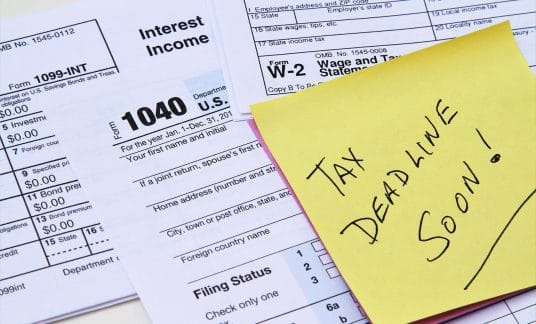Already know the basics of a merchant cash advance and trying to decide if you should apply for one?
We’ll let you in on the benefits, drawbacks and reasons you might consider one for your business.
Pros of a Merchant Cash Advance
According to the Federal Reserve Banks’ Small Business Credit Survey of 2021, merchant cash advances were among the top 5 most common forms of financing sought. They tied in popularity with trade credit, making up 8% of all financing applications.
Here are a few reasons business owners consider them:
Fast Application Process
If your business needs cash to meet an immediate need but doesn’t qualify for conventional business loans, a merchant cash advance provider can get you capital very quickly if you’re approved.
Actually, you could get a merchant account cash advance within a few days with little paperwork. After the initial application and uploading any supporting documentation, such as bank account statements, business tax returns and credit processing records, underwriting and fund dispersal takes as little as 1 business day.
No Collateral Required
When you want a loan from a bank, you’ll likely need to produce collateral to get credit. However, a merchant cash advance is a type of unsecured financing, which means it’s not dependent on your ability to produce collateral.
Possibility for Repayments Tied to Sales
Unlike Automated Clearing House (ACH) merchant cash advances, which are repaid through fixed, usually daily installments over a set term, if you’re approved for a more traditional merchant cash advance, your payments will fluctuate with your sales. That means when sales are down, your payment is lower. Conversely, when sales increase, your remittance does, too.
Highly Accessible
A good business credit score is a must for most business loans, but merchant cash advance providers are more concerned with your future sales projections. If your business has a strong record of consistent cash flow, you have a good chance of qualifying for a merchant cash advance.
According to the Small Business Credit Survey of 2021, 84% of firms that applied for a merchant cash advance were approved.

Cons of a Merchant Cash Advance
Merchant cash advance qualifications are flexible with a guarantee of quick capital, but they have some disadvantages.
High Fees
Merchant cash advances can be quite expensive. Keep in mind, when it comes to calculating a merchant cash advance, your total cost depends on the factor and retrieval rates.
The factor rate indicates the sum of money you need to pay back. It often is in the range of 1.1 to 1.4.
To calculate the amount you owe in fees, you multiply the advance amount by the factor rate. For instance, a merchant cash advance of $10,000 with a factor rate of 1.3 would give a repayment amount of $13,000.
When the cost of a merchant cash advance is converted to an annual percentage rate, it can range from 30%-130% or more.
In contrast, the retrieval rate is the percentage of credit card sales that will be deducted, typically daily, to pay back the advance. Retrieval rates may range from 5%-15%.
The cost will depend on the nature of your business. Those with a significant and consistent volume of sales tend to get more favorable terms.
Frequent Repayments
Merchant cash advance remittances to your lending provider happen on a daily or weekly basis. Consequently, before you take on a merchant cash advance, confirm your cash flow can accommodate the frequent draws.
Short Repayment Periods
While a short repayment period can be seen as a positive, because you’ll be done repaying sooner than not, some business owners may see a short repayment period as a disadvantage because payments may be higher over a shorter period of time, which could also impede cash flow. Often, merchant cash advances will be required to be repaid over the course of 3-24 months.
Lower Margins
Since a merchant cash advance provider takes a portion of your daily sales, profit margins can drop until you have fully paid off the advance.
Reasons to Apply for a Merchant Cash Advance
Because of their costly nature and frequent payback structure, funds from a merchant cash advance are best used to finance short-term needs.
Here are a few reasons you might consider this type of alternative financing.
Buy Equipment
If you need to upgrade an essential piece of equipment or purchase a new one, a merchant cash advance could provide a solution to your capital needs. Use one to acquire a vehicle, technology or machinery you need to operate.
Purchase Inventory
Whether a one-time bulk purchase, investment in a new product line or a restocking of essential inventory, funds from a merchant cash advance could foot the bill.
Cover Operating Expenses
According to the Federal Reserve Bank survey, 58% of firms that applied for funding did so to meet operating expenses, including rent and wages. If you need to cover such expenses over the short term, a merchant cash advance could be a viable solution.
Bridge a Funding Gap
If you’re experiencing seasonal ebbs and flows in business, you might find you’re low on funds some months. If that’s the case and the uptick in business is right around the corner, a merchant cash advance could help you bridge a short-term gap until things pick up.
Cover an Emergency Expense
One-time repairs and emergency expenses arise all the time. Building or equipment repairs, for instance, can pop up unexpectedly. When you need a lump sum of capital to cover such a cost, a merchant cash advance can be a consideration.
Act on an Investment Opportunity
Do you have the chance to be a part of another business venture that could help you grow? If you have the opportunity to make a wise investment that’s too good to pass up, consider how short-term financing through a merchant cash advance could get you one step closer to your end goal.











